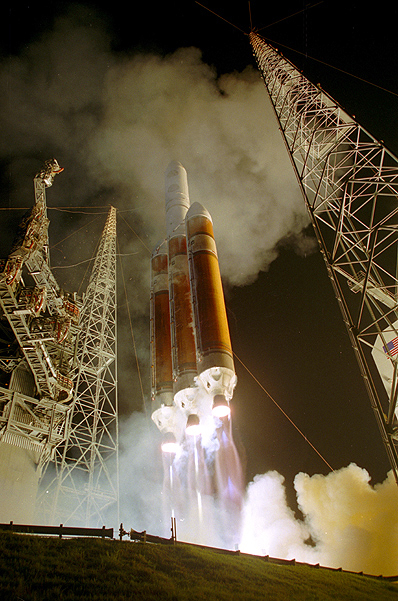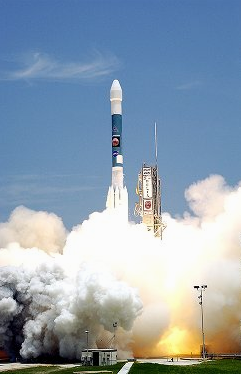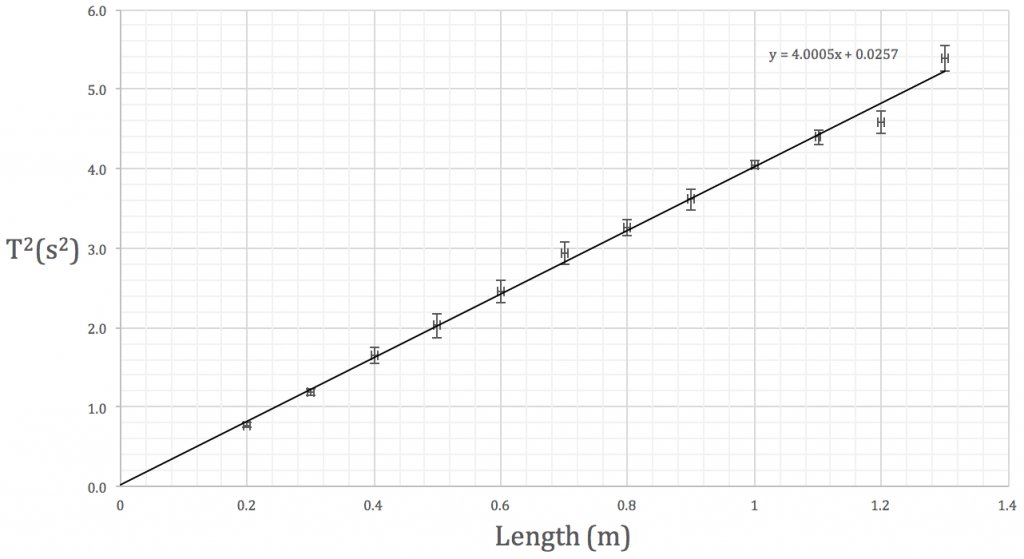Your homework questions are attached. Please return to me by Wednesday 20th September.
Newton’s third law of motion
Today we examined the importance of Newton’s 3rd law of motion. In our discussions, different explanations for the motion of jets and rockets were proposed and considered. The front runners were;
- at launch, the ground pushes back against a rocket
- during flight, air pushes back against a plane
Unfortunately, the lack of ground and air (or any other gas) meant that neither of these models were able to explain the propulsion of an object in space. It was at this point we remembered Newton’s 3rd law of motion (or here with non-rocket examples).
You’ve got to be careful with Newton’s 3rd law of motion, it’s easy to get confused. Bonus question: What’s wrong with this explanation?
I found a photograph that provides a stunning visualisation of Newton’s 3rd law in action during the launch of a DeltaIV rocket. You can read the details of setting up for this photo here.
image courtesy of Ben Cooper, Launchphotography.com
The photo was taken at very short range (about 30m) from the launch site and clearly shows hot gases being forced out of the exhaust at high speed. When a rocket forces out gas, the expelled gas pushes back on the exhaust with an equal force. Since the exhaust is part of the rocket’s structure, the entire rocket is propelled in the opposite direction to the gas.
It is this pushing back on the exhaust that provides thrust for a rocket. It doesn’t matter if the rocket is on the launch pad, in mid air or outer space. As long as it can push gas out of the exhaust, it will be able to propel itself forwards using Newton’s 3rd law of motion.
We don’t normally get a clear view of the hot gases being forced out of a rocket in launch photographs. A lot of the smoke seen in images like the one shown below is actually steam.
NASA/courtesy of nasaimages.org
There are two main sources of steam during launch. The most obvious is the burning of fuels but NASA also soaks launch platforms with water just before and after launch so that the massive sound waves don’t damage the vehicle being launched. There is a wikipedia article on the use of water during space shuttle launches.
higher ODU revision notes
Here are some notes to help you prepare for the assessment later this week. There are also some useful resources on BBC Bitesize.
using Excel’s LINEST function
The period T of a simple pendulum can be calculated using
where l is the pendulum length and g is the gravitational field strength.
Using a single value of length and period, we can determine the acceleration due to gravity. However, it would be better experimental practise to vary the length of the pendulum and plot a graph of against length, determining g from the gradient of the line of best fit.
We’re going to spend the next three periods analysing your simple pendulum data in the library. The attached pdf will walk you through the steps. It would be better if you used your own results but I’ve put some sample data on the first page if you’ve forgotten to bring yours.
nat5 – waves and radiation summary notes
Here are whole unit summary notes to help you prepare for the unit test next week.
Thanks to Mr Noble for sharing his notes.
nat 5 waves revision
Here are some revision notes on waves to help you prepare for the unit 3 test next week.
national 5 electricity and energy revision notes
Here are some notes to help with your revision for the electricity & energy test.
Thanks to Mr Noble for sharing his notes.
There are also practice exam questions and answers if you want them.
higher assignment
Your assignment will be based on an optoelectronics topic. You will get some ideas for practical work by downloading this booklet.
I have attached a copy of the Scholar notes for unit 3 of the CfE Higher course. You will find background physics with appropriate energy band explanations on pages 103-142.
Don’t print this document, it’s huge!
1996 higher paper
Thanks to Mr Ferguson for sharing his copy of the marking instructions for the 1996 Higher paper, it’s the only one I didn’t have! You’ll find a link to his answers on the Higher revision page.




